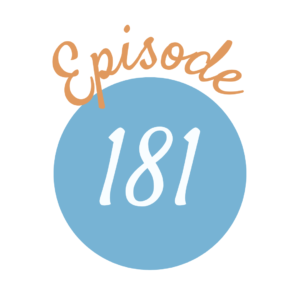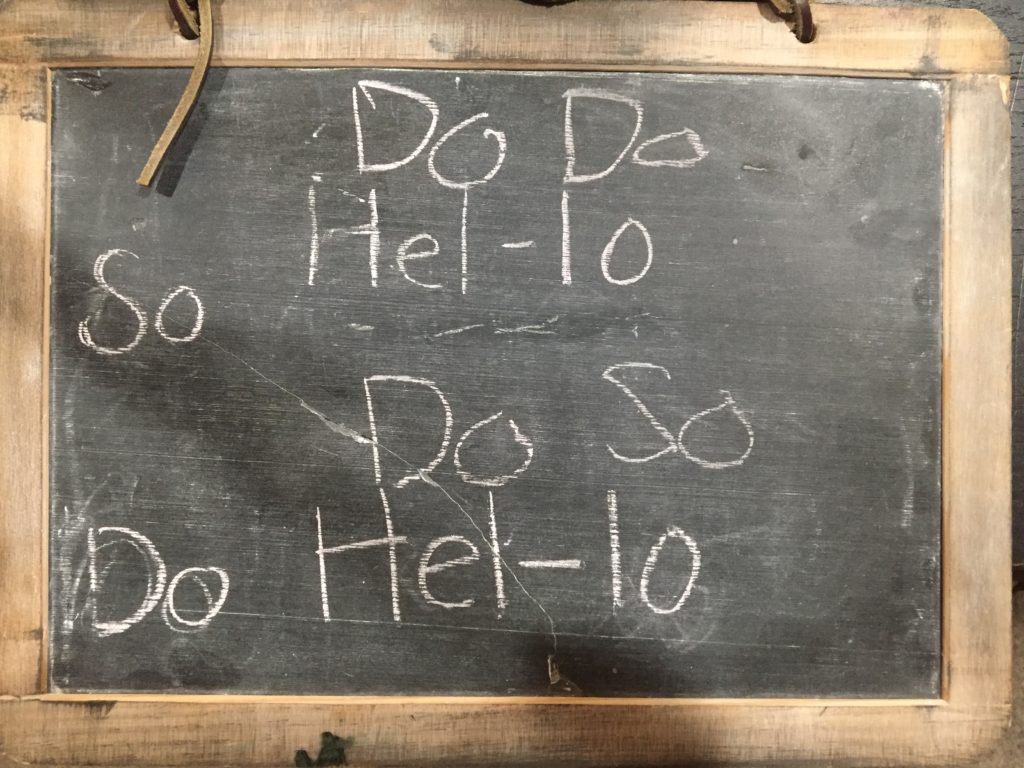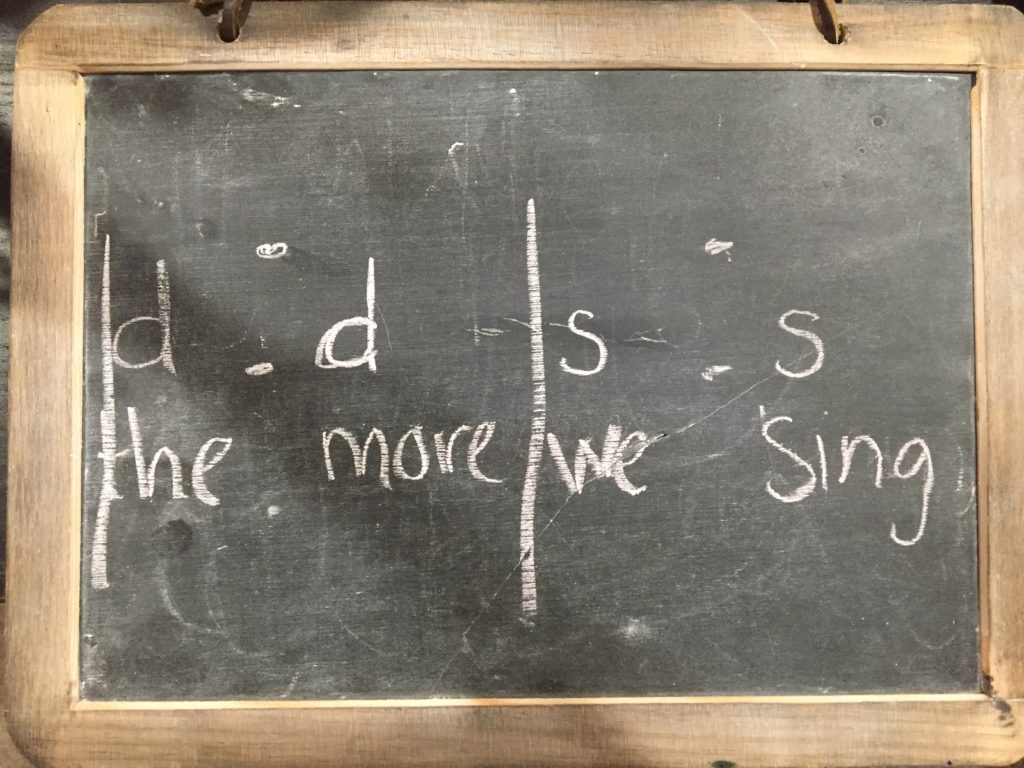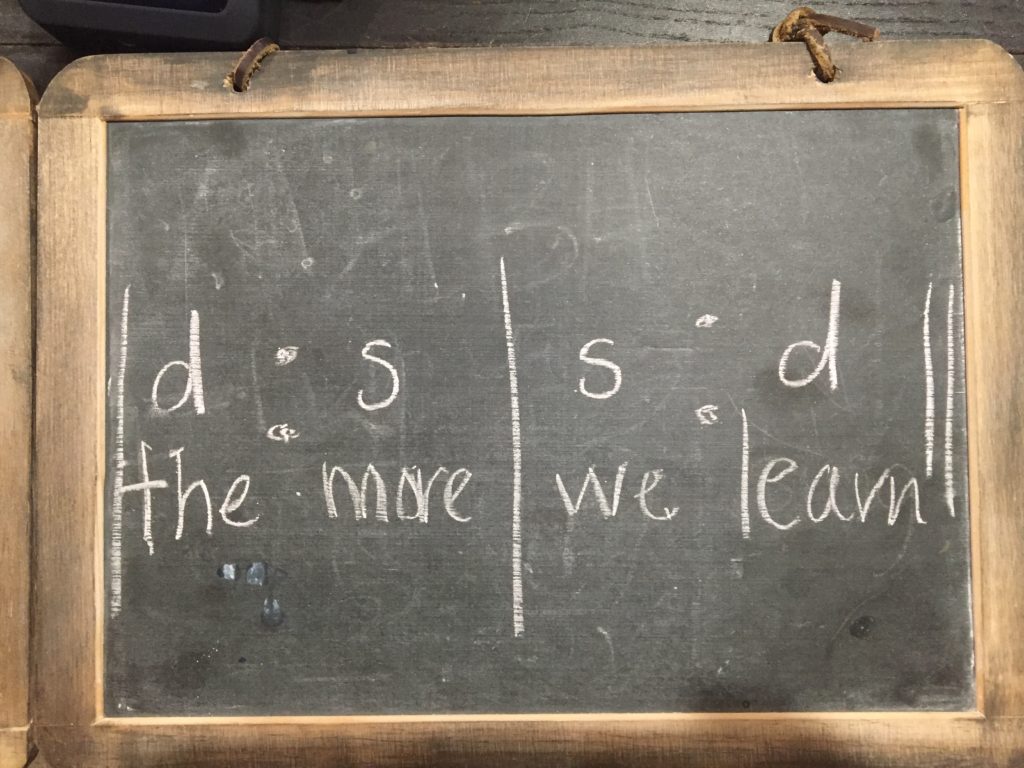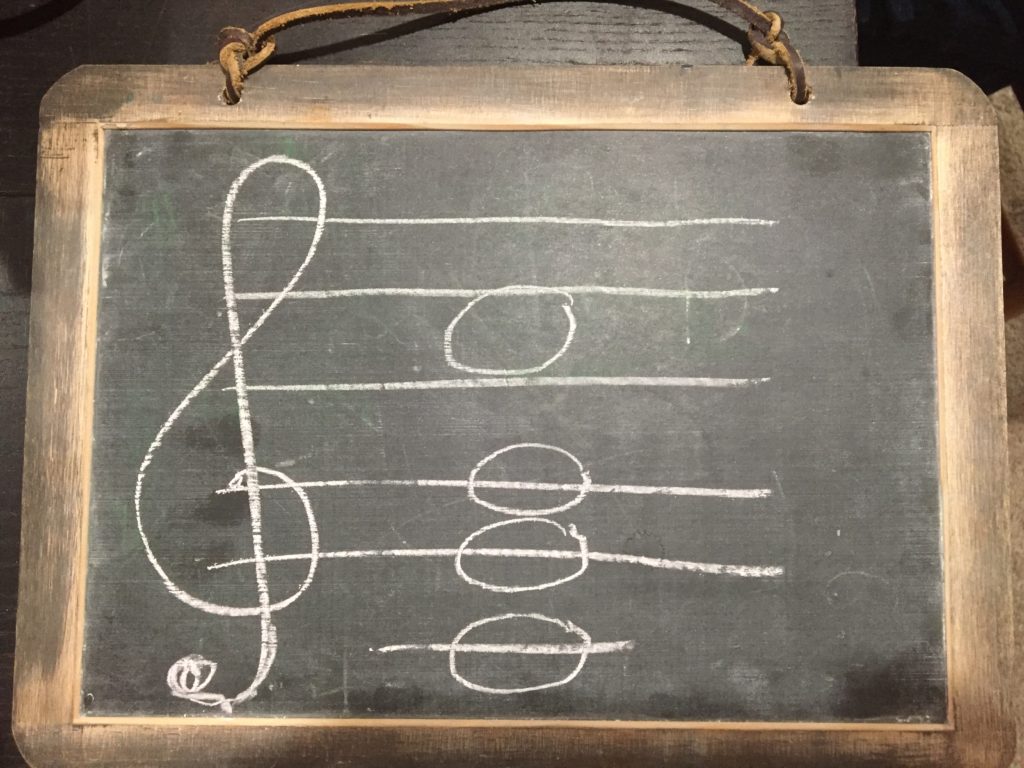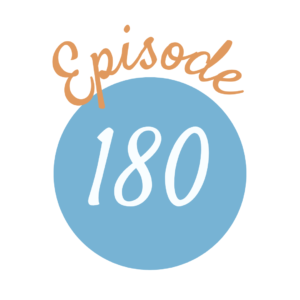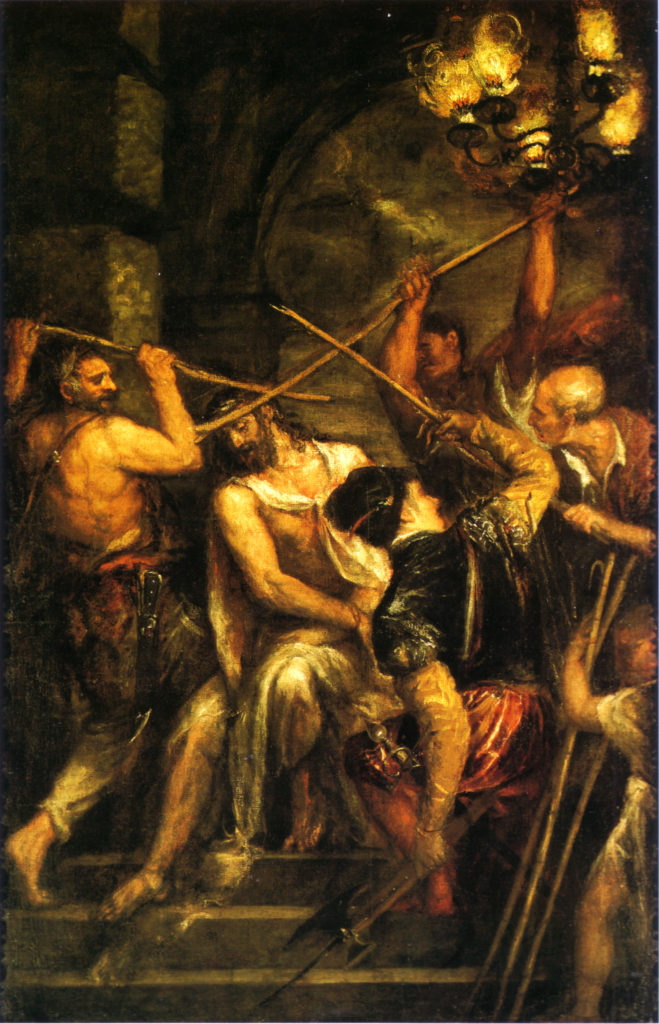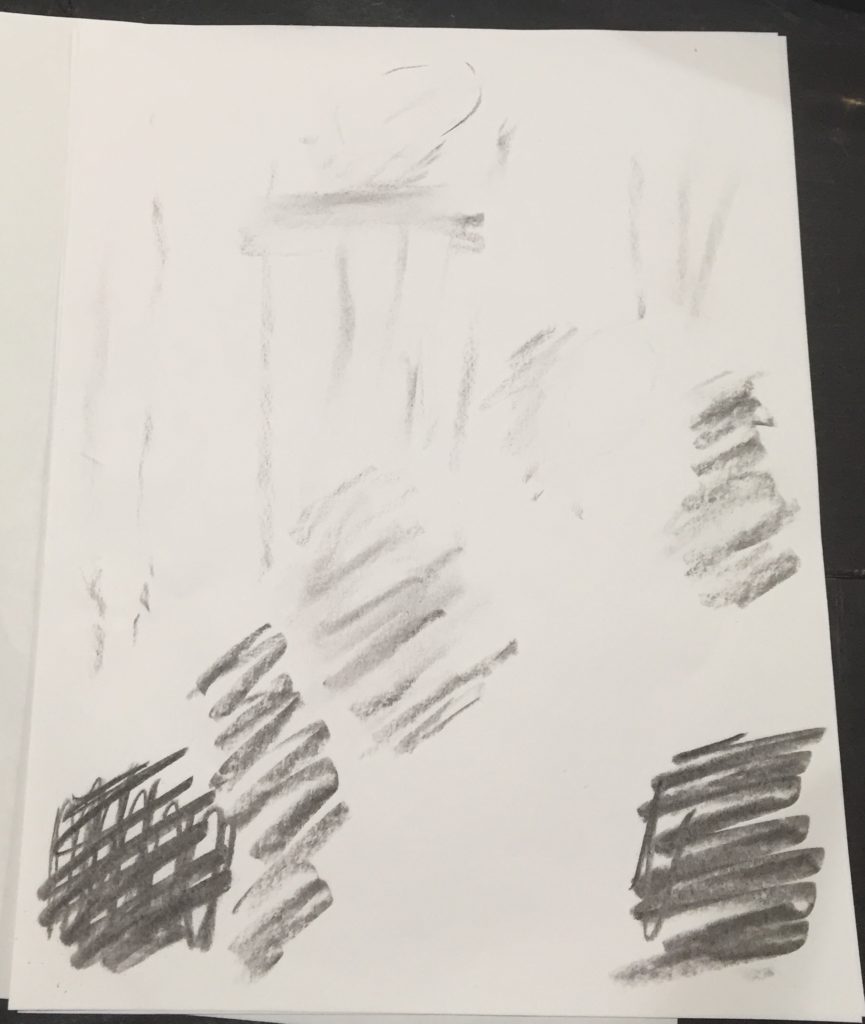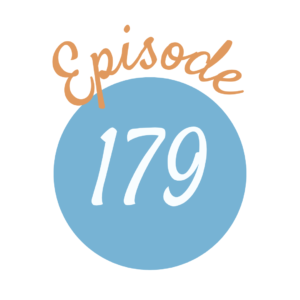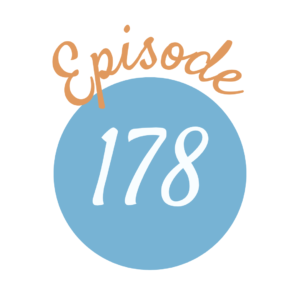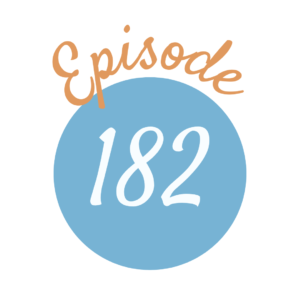
Charlotte Mason understood a fundamental skill persons have in learning: visualization. Emily, Liz, and Nicole focus this week’s discussion on how Ms. Mason utilized this ability in children to maximize learning across the curriculum.
Listen Now:

“‘Idea, the image or picture formed by the mind of anything external, whether sensible or spiritual.’––so, the dictionary; therefore, if the business of teaching be to furnish the child with ideas, any teaching which does not leave him possessed of a new mental image has, by so far, missed its mark.” (1/173)
“Of course, that which they visualize, clearly, they know; it is a life possession.” (1/292)
“With younger children narration of a whole or part of the lesson is the best means to adopt, because it is not only a training in accurate and coherent thought, and an exercise in correctness of expression, but also the very fact of narrating causes the children to make a vivid mental picture of what they describe.” (Notes on Criticism Lessons, L’Umile Pianta, 1906)
“He will not be satisfied with the result, but he will find that in the act of narrating every power of his mind comes into play, that points and bearings which he had not observed are brought out; that the whole is visualised and brought into relief in an extraordinary way; in fact, that particular scene or argument has become part of his personal experience; he knows, he has assimilated, what he has read.” (Charlotte Mason, A Liberal Education: Theory, PR 27/655)
“So exceedingly delightful is this faculty of taking mental photographs, exact images, of the ‘beauties of Nature’ we go about the world for the refreshment of seeing, that it is worth while to exercise children in another way towards this end, bearing in mind, however, that they see the near and the minute, but can only be made with an effort to look at the wide and the distant.” (1/48)
“You want the child to remember? Then secure his whole attention, the fixed gaze of his mind, as it were, upon the fact to be remembered then he will have it: by a sort of photographic (!) process, that fact or idea is ‘taken’ by his brain, and when he is an old man, perhaps the memory of it will flash across him.” (1/156-157)
“But let the imaginations of children be stored with the pictures, their minds nourished upon the words [of Scripture].” (1/249)
“Accustom him from the first to shut his eyes and spell the word he has made. This is important…accustom him to see the letters in the word and he will do so without effort…but the child must learn to know them at sight; he must recognise ‘which,’ precisely as he recognises ‘B,’ because he has seen it before, been made to look at it with interest, so that the pattern of the word is stamped on his retentive brain.” (1/203-204)
“…it is a rare thing for any part of any lesson to flash upon them with the vivdness which leaves a mental picture behind. It is not too much to say that a morning in which a child receives no new idea is a morning wasted, however closely the little student has been kept at his books…An idea is more than an image or a picture; it is, so to speak, a spiritual germ, endowed with vital force–with power, that is, to grow, and to produce after its kind.” (1/173)
“This power of visualization is much encouraged in the P.U.S…the child who has been thoroughly taught to ‘look’ will be the man or woman who will derive the most pleasure out of life later on.” (Evans, PR 22, p. 483)
“This is what we wish to do for children in teaching them to draw–to cause the eye to rest, not unconsciously, but consciously, on some object of beauty which will leave in their minds an image of delight for all their lives to come.” (1/313)

